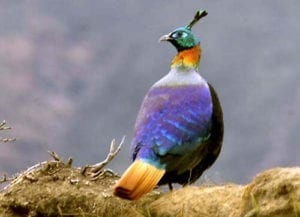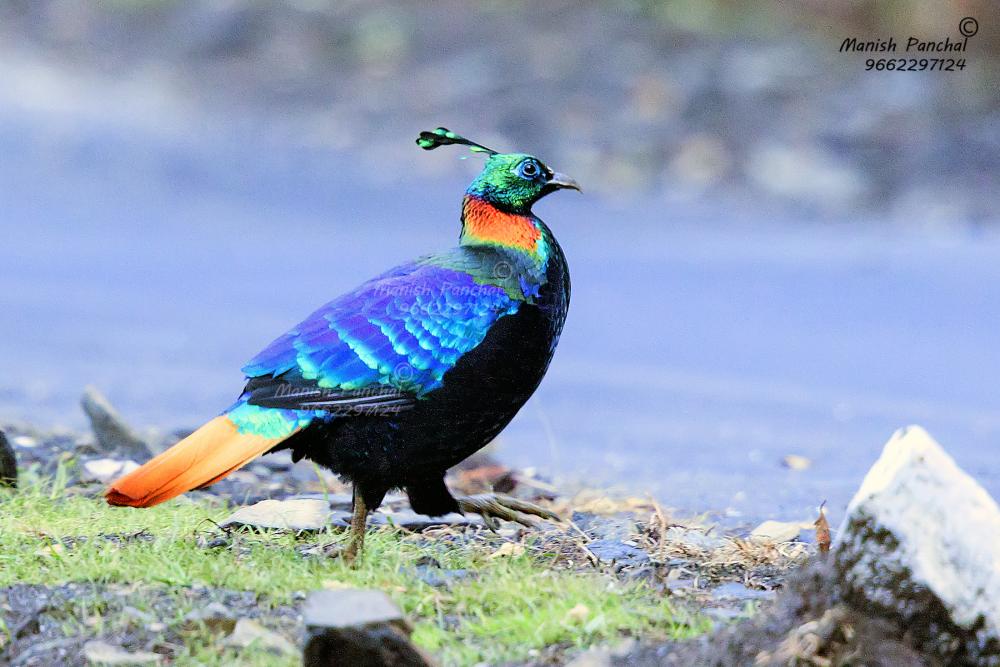Nepal is formally the Federal Democratic Republic. Nepal has its national bird and national animal. So, Nepal is a country of everything. It has preserved national birds and national animals. It has a feeling of nationality.
Table of Contents
It is a landlocked state in South Asia. It is positioned in the Himalayas and consists of parts of the Indo-Gangetic Plain. With an estimated population of 26.4 million, it is the 48th largest country using population and 93rd largest country in the area. It borders China in the north and India in the south, east, and west, while Bangladesh is located inside, 27 km from its southeastern tip, and Bhutan is separated from it by the Indian kingdom of Sikkim.

Nepal is a landlocked country located in South Asia between India and China. It is one of the countries in the world considered a Hindu nation as more than 80 percent of people are Hindu, and the remaining follow other religions like Buddhism Muslim and Christianity. After a long struggle with the people and the civil war, the nation is now declared the Democratic Republic from the monarchy system.
The new constitution of Nepal has adopted many new systems in which the government has adopted a national emblem that symbolizes the nation and its identity. Various national emblems are found in our nation. Every country has its national symbol, which gives its identity and represents the basis of its constitutional philosophy worldwide.
The national emblem is significant for every country because it carries meaning, values, and ideas about the nation. A different national symbol originated from the natural world and is unique worldwide.
Nepal has a varied geography, including fertile plains, sub-alpine forested hills, and eight of the world’s ten tallest mountains, including Mount Everest, the highest point on Earth. Kathmandu is the nation’s capital and largest city. Nepal is a multi-ethnic nation with Nepali as the official language.
The national animals and birds are the national symbols of Nepal. Here in this article, we will discuss Nepal’s national birds and animals. There are national emblems like the national flag, coat of arms, national color, and national anthem. Well, the national animal of Nepal, the Cow, and the national bird, Danfe, are considered the identity of Nepal in the world.
National animal of Nepal is Cow

The National animal of Nepal is the Cow. Nepali worships Cow as the incarnation of the goddess Laxmi. Most people keep a cow as a domestic animal as the Cow provides milk.
The Cow is worshiped every year in Tihar in Laxmi puja. It is considered one of the biggest festivals in Nepal. As the Cow has been declared a national animal, killing cows internal the country has been banned. If each person is found doing such activities, he/she will be punished by the present constitution of Nepal.
A cow also has religious significance. It is considered goddess Laxmi and is worshiped as a form of god. A cow is given the respect of a mother in Nepal. For all these reasons, the Cow stands proudly as the national animal of Nepal.
As discussed above, Nepal is considered the only Hindu nation in the world. There are many beliefs in the Hindu community in the religion. Hindu people worship different things like the Sun, Moon, Cow, and many other stones statue as a symbol of God and Goddess.
A cow is also considered the symbol of the Goddess Laxmi, and Hindu people worship it at festivals and religious occasions.
We also call Cow “Gau Mata”, which is worshiped by the Hindu people worldwide. It is also banned in Nepal to consume the flesh of a Cow.
National bird of Nepal is Daphe

The national bird of Nepal is the Himalayan Monal. It is also called Daphe. The Himalayan Monal, also recognized as the Danfe, is a bird of the genus Lophophorus of the pheasant family, Phasianidae.
Danfe, the national bird of Nepal, is found in the Himalayan area, where small bushes and rhododendrons are available. Danfe is an endangered species due to its poaching. So, Nepal has declared it the national bird to guard it against disappearing from the Earth.
Monal is beautiful because it has a metallic color combination of green, purple, red, and green. It is enormous, about 70 cm long, and found in Nepal’s excessive altitudes between 2400 and 4500 meters, generally in Hilly and the Himalayan region. It lays 4 to 6 eggs at a time after 27 days of conception.
The national bird of Nepal, Danfe is found in the Himalayan area where small bushes and rhododendron are available. In summer, you can see Danfe in rocky, grass-covered meadows while in winter, you can see them in the coniferous and combined forest. The male is colourful which represents the colours and looks like an oil sleek, whereas the female Himalayan Monal is a bit dull looking and grey. Besides the lack of colour, it is still as majestic as male.
In summer, you can see Danfe in rocky, grass-covered meadows, while in winter, you can see them in the coniferous and combined forest.
No one is allowed to hunt this species in Nepal. It can tolerate snow and even find its food in the snow.
Male and Female Danfe Lophophorous
Adult males have a long crest and colorful feathers throughout their body, while the females, like other pheasants, are dull in color with dark brownish-black feathers in the upper parts. The features that make the male bird stand out are a metallic green long crest and a changeable reddish color on the back and sides of the neck. It has a prominent white back and tail feathers darker towards the tips. The lower parts of a female are white. They have a distinctive white patch on the fore neck and a white strip on the tail. Male and females resemble during the first year, but gradually, they develop distinct features.
Condition of Danfe in Nepal
Despite being Nepal’s national bird, it’s unfortunate that Danfe is on the verge of extinction. The numbers are decreasing every year, And it’s tragic to say the government is not doing quite effective work to save these beautiful species. The main settlement area of the bird is the Ramaroshan area (in the Achham district ). The area’s scarcity of water sources and the deterioration of the jungle are the reasons behind this. Locals complain that they now hardly see the bird these days. It would be a big shame for us if we didn’t take timely action and save the bird from extinction.
Also, read the blog of top Nepali Literature.

